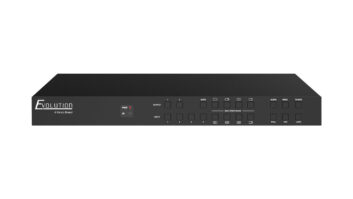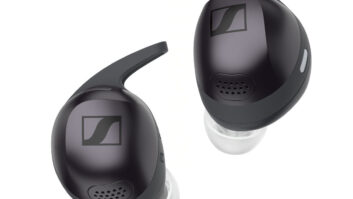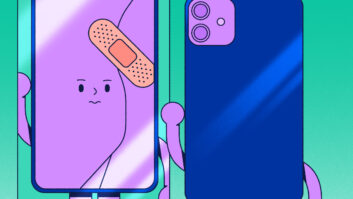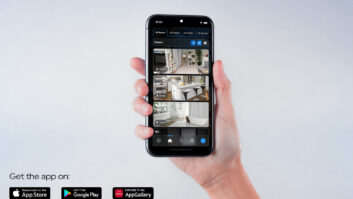LAS VEGAS — JVC is working hard at International CES to keep up with evolving smartphone technology, adding Android Auto Mode and Bluetooth HFP (hands-free profile) 1.6 to head units for the first time, expanding its selection of heads with Android Audio Mode, and maintaining the number of HDMI-equipped multimedia receivers at two.
Other features appearing for the first time in JVC heads include subwoofer direct on all new CD and digital media receiver (DMR) head units to drive two speakers and an entry-level passive subwoofer at low power in small vehicles such as ATVs.
All new Bluetooth models also get Bluetooth AVRCP 1.4 for the first time, which offers Bluetooth music streaming with simple control (track forward/back and play/ pause) as well as artist and song title display
Carryover features: Like before, all 2015 Bluetooth models offer Siri Eyes Free, digital processing of radio signals to reduce FM multipath distortion, and 48kHz FLAC playback. All new CD and DMR models, like before, offer digital track expander to improve the sound quality of compressed music files.
Like before, all but one new 2015 model control almost all functions of the iHeartRadio and Pandora apps running on a USB-connected iPhone, and all new Bluetooth-equipped models control the same functions on a Bluetooth-connected Android phone and iPhone. Controlled functions include play/pause, skip and station browsing.
The new multimedia head units, like their predecessors, also display iHeartRadio and Pandora album art.
HFP 1.6: In adopting Bluetooth HFP 1.6 for the first time, all new Bluetooth-equipped heads expand hands-free voice frequency response to 50Hz-7kHz from 300Hz to 3.4kHz and offer better noise reduction.
Android Audio, Auto Modes: For Android-phone connectivity, the brand is expanding Android Audio Mode to all new head units. The technology enables Android 4.1 OS phones and up to stream phone-stored music and Cloud-streamed streamed music through a USB cable to a head unit while charging.
The feature was available as a firmware upgrade to select 2014 head units, which later shipped with the upgrade preinstalled.
Meantime, all new CD and DMR head units are the brand’s first with Android Auto Mode, which with a free JVC app lets the heads search for Android-stored music like they would for iPod/iPhone-stored music, including selection by artist, album genre, and song title.
Other suppliers use Media Transfer Protocol (MTP) to make their head units search for Android-stored songs, but MTP allows only for play/pause and skip functions only, said national marketing and training manager Jacob Hardin. MTP also doesn’t support WAV and MIDI files as Android Auto Mode does.
JVC offered Android Auto Mode-like functionality in select 2013 head units, but that feature was compatible only with earlier Android OS versions up to 4.0, and it only enables the selection of songs stored on a USB-connected Android phones by folder and track name. The phone would also charge.
The Android Auto Mode app also enables automatic Bluetooth pairing of Android phones when the phones are connected for the first time to a head via USB.
All new Bluetooth head units also deliver automatic iPhone pairing for the first time when an iPhone is connected via USB.
Separately, all Bluetooth CD receivers work with the JVC Smart Music Control App for Android phones and iPhones. When the smartphone is connected via Bluetooth to the CD receiver, the phone remotely controls receiver functions such as source switching, volume, and track selection. Users can also view the receiver’s display on their smartphone.
HDMI/MHL inputs: In launching five new multimedia receivers, JVC is maintaining the number with HDMI/MHL input and Bluetooth HID at two. The technologies enable the heads’ touchscreens to display and control all Android apps as well as choose Android-phone-stored songs, view contacts, and display video. Instead of simply mirroring what’s on the Android phone’s screen, the head units reformat apps to provide a simpler interface.
For HDMI-connected iPhone 5 and later models, the touchscreens display all iPhone apps and video, but the touchscreens control only Waze, phone-stored music, and iHeart and Pandora because iPhones lack Bluetooth HID.
Control signals are sent to Android phones via Bluetooth HID,whereas control signals are sent to the iPhone 5 and later models via the heads’ USB port when the phone is connected simultaneously to the head units’ HDMI and USB ports via Apple’s $49 Lightning Digital A/V adapter.












